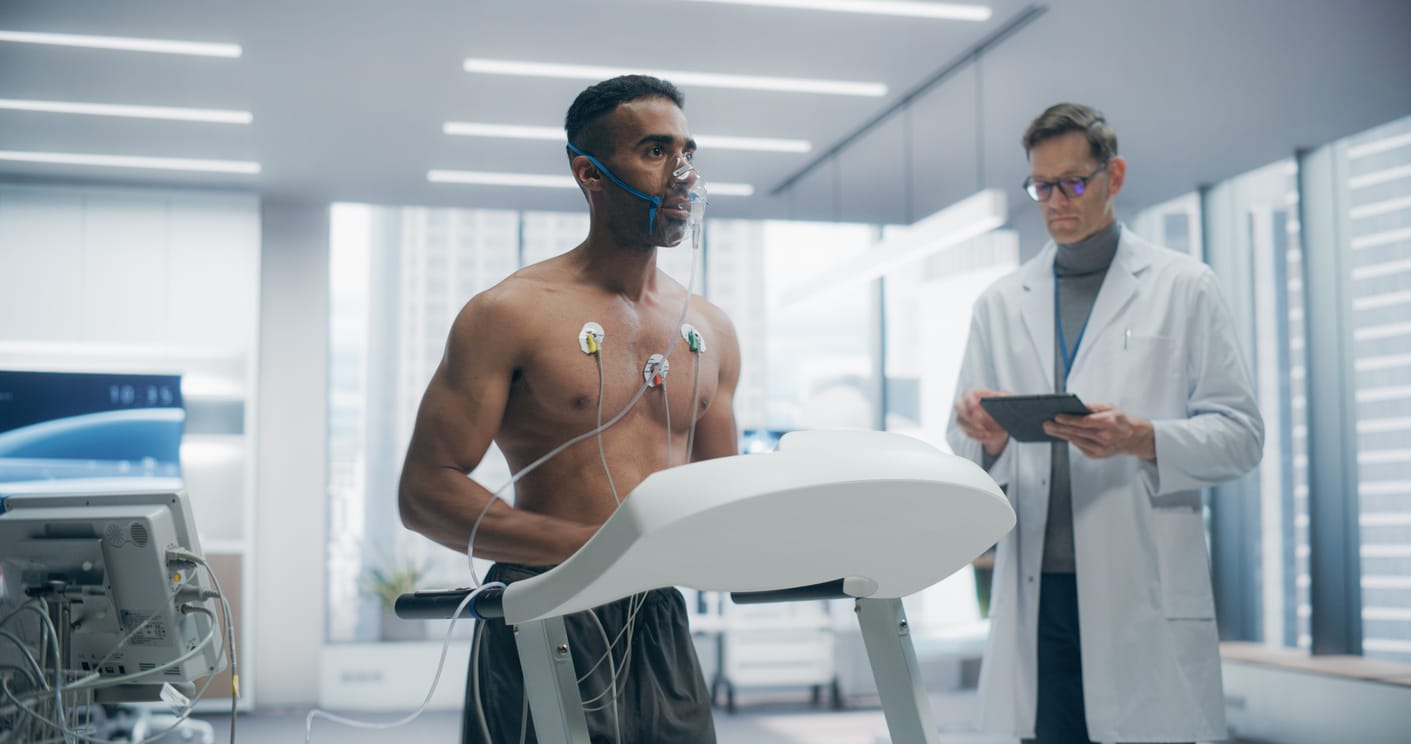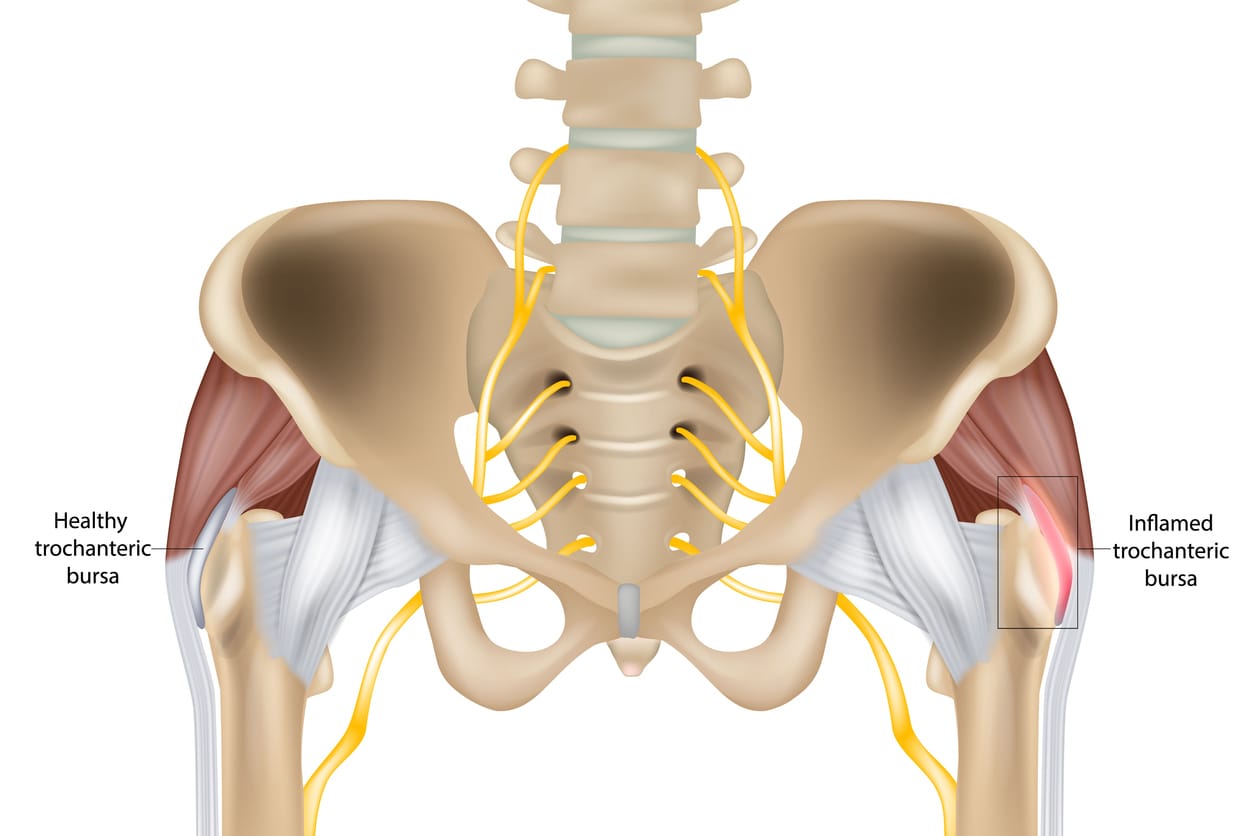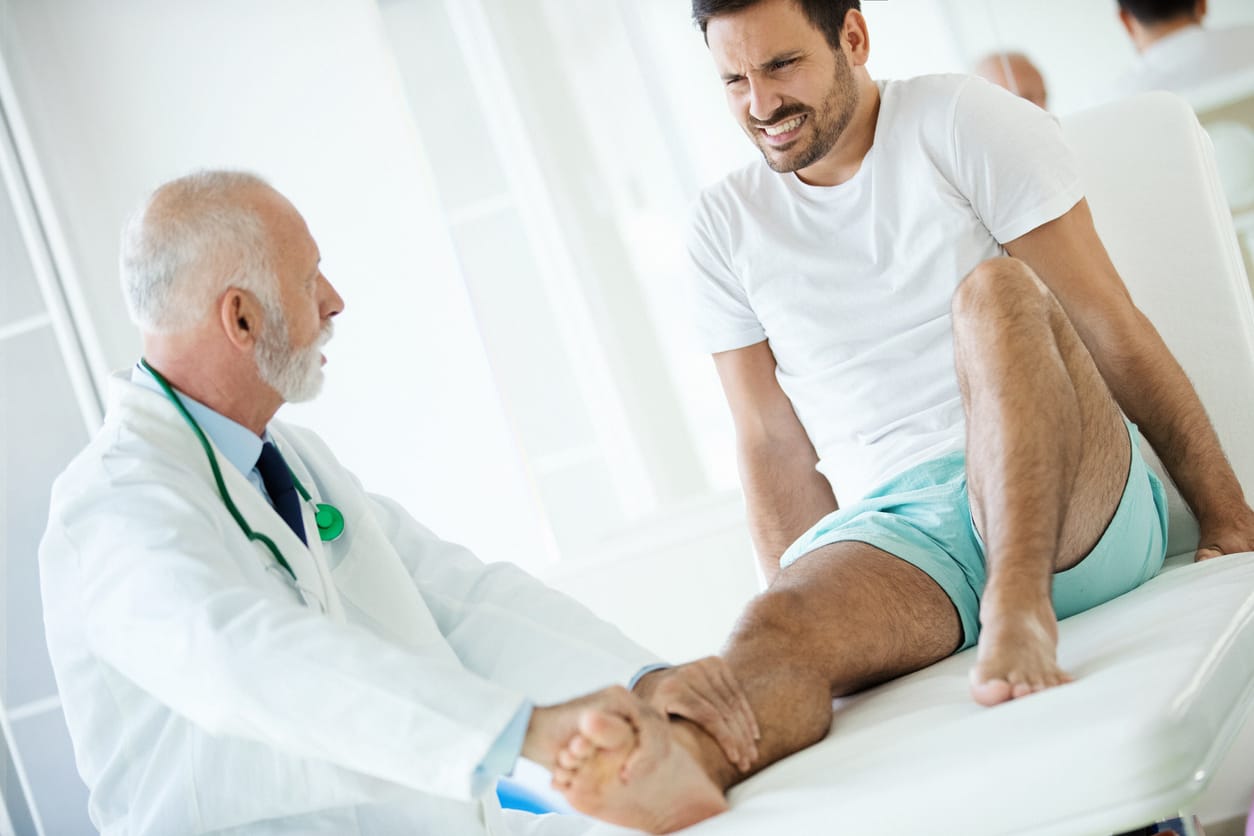
Sustaining sports injuries can be a significant setback for athletes, weekend warriors, and active individuals alike. While traditional rehabilitation methods like physiotherapy, rest, ice, compression, and elevation (RICE) are universally known, there exist several alternative strategies that can accelerate recovery. These are especially useful, when dealing with overuse athletic traumas. Here, we reveal five scientifically-backed yet lesser-known methods that could drastically enhance your rehabilitation process.
1. Hyperbaric Oxygen Therapy (HBOT)
Hyperbaric oxygen therapy involves breathing pure oxygen in a pressurized chamber. This treatment increases oxygen levels in the blood, promoting healing by enhancing circulation and reducing inflammation. Athletes who utilize HBOT experience accelerated tissue repair and reduced swelling, shortening recovery time significantly. Research demonstrates HBOT’s effectiveness in managing soft tissue injuries, bone fractures, and post-surgical rehabilitation, positioning it as a powerful adjunct therapy for sports-related injuries. Sessions typically last between 60 to 90 minutes, with multiple treatments recommended for optimal outcomes. The consistent oxygen-rich environment provided by HBOT stimulates new blood vessel formation, further enhancing the recovery process.
2. Vega Device by Sensonica
A groundbreaking technology, the Vega device by Sensonica utilizes pulsed electromagnetic field (PEMF) therapy to stimulate the body’s natural healing processes. PEMF therapy increases cellular metabolism, enhances blood circulation, and reduces inflammation and pain. Clinically proven, the Vega device offers athletes a non-invasive, efficient method for recovering from musculoskeletal injuries. Regular use significantly reduces recovery time, enabling quicker returns to physical activity. Its portability and ease of use make it particularly appealing for athletes seeking effective at-home rehabilitation options. Users commonly report improved pain management and enhanced mobility after consistent use. Vega’s targeted electromagnetic fields penetrate deeply into tissues, accelerating cellular repair and supporting long-term rehabilitation goals.
3. Cryotherapy
Cryotherapy, involving exposure to extremely cold temperatures for short periods, has surged in popularity among elite athletes for injury rehabilitation and overall recovery enhancement. This therapy reduces muscle soreness, inflammation, and swelling by constricting blood vessels and subsequently enhancing blood flow upon exiting the treatment chamber. Cryotherapy also triggers the body’s natural healing response, promoting quicker muscle and joint recovery. Regular cryotherapy sessions significantly reduce downtime after strenuous physical activity or injury, making it an invaluable strategy for rapid rehabilitation and healing of some acute pains. Typically lasting around three minutes, cryotherapy sessions offer immediate relief, reduce delayed-onset muscle soreness (DOMS), and enhance overall well-being. However, cryotherapy may not only be beneficial but pose some risks as well.
4. Platelet-Rich Plasma (PRP) Therapy
It is hard to believe, but Platelet-Rich Plasma therapy has been in use since the 1800s, harnessing the body’s inherent healing capacities by injecting a concentrated solution of the patient’s own blood platelets directly into the injured area. Platelets are rich in growth factors, essential in repairing damaged tissue, reducing inflammation, and promoting rapid healing. PRP therapy has shown considerable success in treating chronic tendon injuries, ligament sprains, and muscle tears, substantially decreasing recovery time. Athletes appreciate this minimally invasive method for its effectiveness, reduced risk of rejection or allergic reactions, and quick return to peak performance. The procedure typically takes under an hour, with recovery effects noticeable within weeks. Repeated injections might be necessary depending on injury severity, promoting sustained improvements in mobility and pain relief.
5. Active Recovery Techniques
Traditional wisdom emphasizes rest after an injury, but modern sports science increasingly supports active recovery and all kinds of physiotherapies. Techniques such as light aerobic exercise, gentle yoga, controlled stretching, and swimming maintain muscle flexibility, enhance blood flow, and promote tissue healing without stressing the injured area. Active recovery reduces muscle atrophy, speeds up the healing process, and maintains cardiovascular fitness levels. Incorporating a structured active recovery routine under professional guidance can make a significant difference in overall rehabilitation time and the quality of recovery. Active recovery also supports mental well-being, reducing the frustration and emotional stress commonly associated with extended injury downtime.
Maximizing the Benefits
Implementing these strategies successfully requires a personalized approach tailored to individual injury types and recovery stages. Consultation with healthcare professionals specialized in sports medicine is crucial to optimize the rehabilitation process and avoid complications. Combining these alternative methods with conventional rehabilitation techniques ensures the best possible outcomes, facilitating a speedy and complete return to physical activity. Proper nutritional support, adequate hydration, and sufficient sleep further enhance the effectiveness of these advanced recovery strategies, ensuring the body has all necessary resources for optimal healing.
In conclusion, sports injuries no longer need to signal extended periods away from activity. Alternative recovery methods, including Hyperbaric Oxygen Therapy, Vega device PEMF therapy, Cryotherapy, Platelet-Rich Plasma therapy, and structured Active Recovery, provide innovative ways to significantly expedite the rehabilitation process. These scientifically-supported approaches empower athletes and physically active individuals alike, offering advanced solutions to enhance recovery and rapidly return to their active lifestyles.



